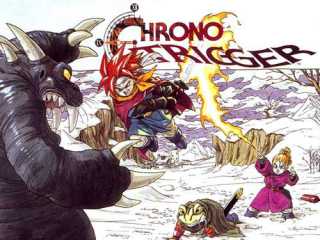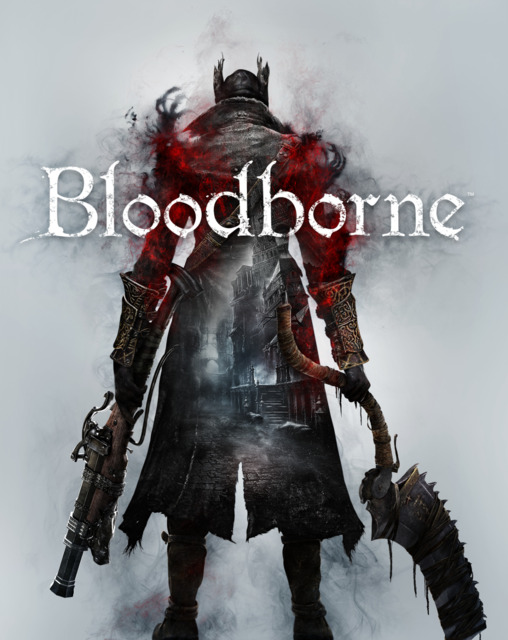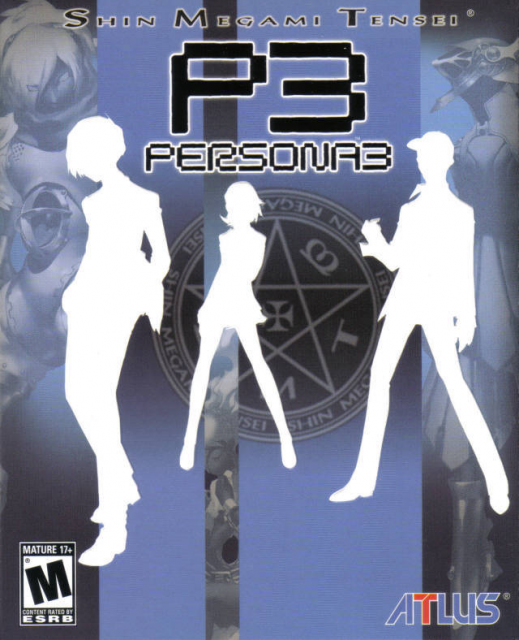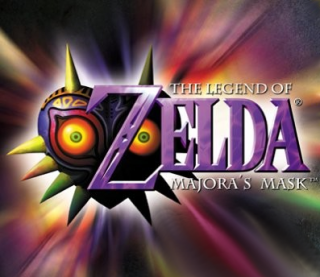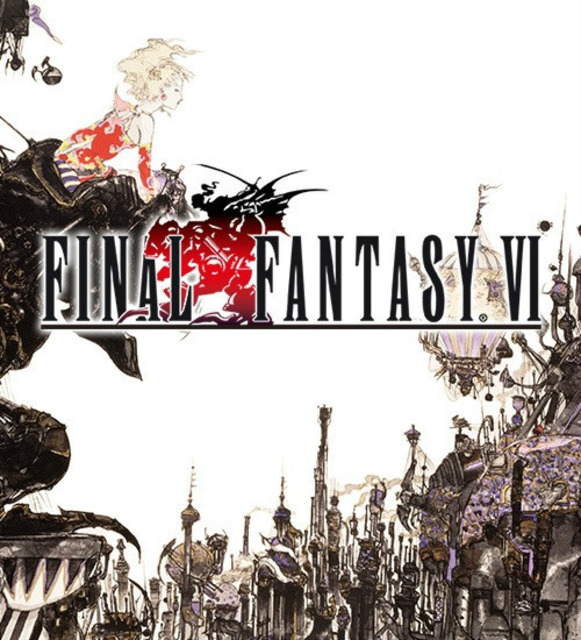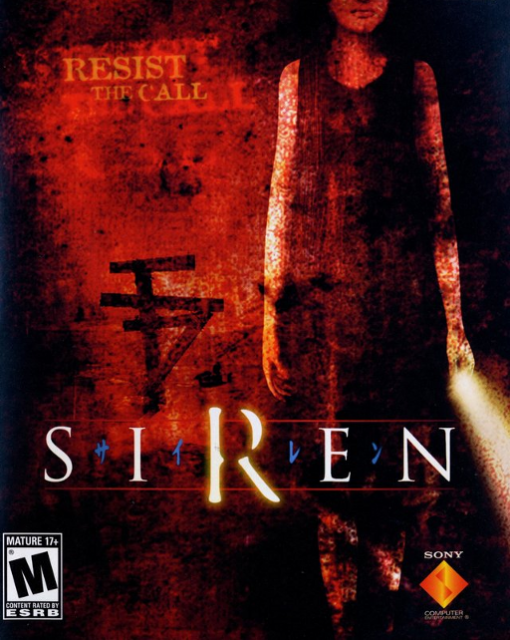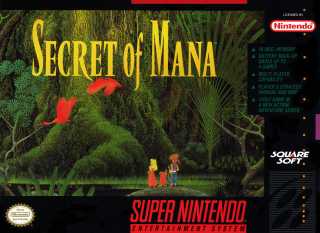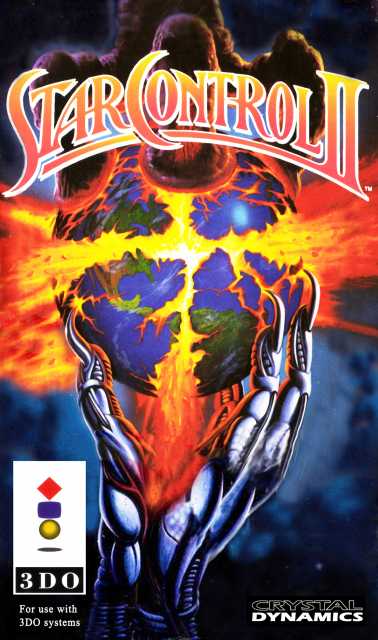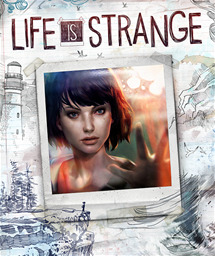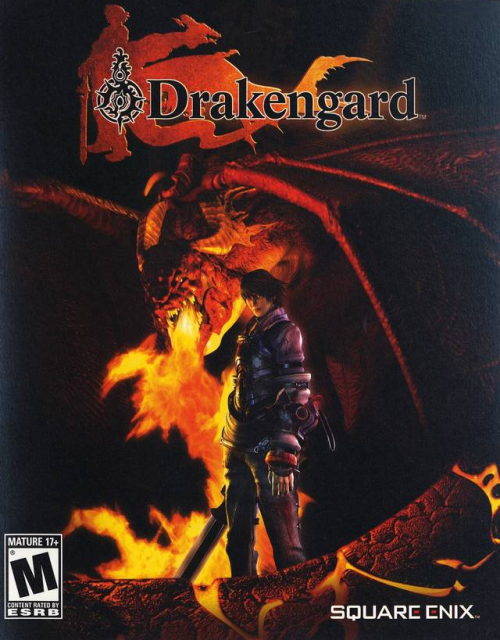The Black Wind Howls
With many video games, where the stakes rarely dip below "apocalyptic", you're often either trying to prevent a world-ending event or trying to survive in whatever climate remains after the fact. It's rare when you're there to witness it happen, or at least its early stages. Often, however, the threat of annihilation alone isn't enough player motivation to prevent it: we've all heard the villain's speech about releasing the evil god, or had the scene with the scientists discussing the impact of the meteor, or saw a vision of the future that chilled the heroes to the bone. Games sometimes like to really turn the screws, making their last (or in some cases, their first or middle) acts really heavy on the melancholic and ominous atmosphere. Some really real shit's about to go down, unless you do something about it.
The following are a list of games that use various visual and audial techniques to emphasize the hopelessness that their respective worlds face without the player's intervention, or sometimes even in spite of it. These games put truth to the idea that while a Earth-shattering kaboom is bad enough, the trepidation before it happens can be practically suffocating.
I've mentioned a few music tracks and there's no way to input them into lists, so I've put them here:
- Persona 3 - "Memories of the City"
- Persona 3 - "Memories of the School"
- Majora's Mask - "Clock Town Medley"
- Persona 4 - "Omen"
- Secret of Mana - "Flight Into the Unknown"
- Secret of Mana - "Prophecy"
- Secret of Mana - "The Star of Darkness"

